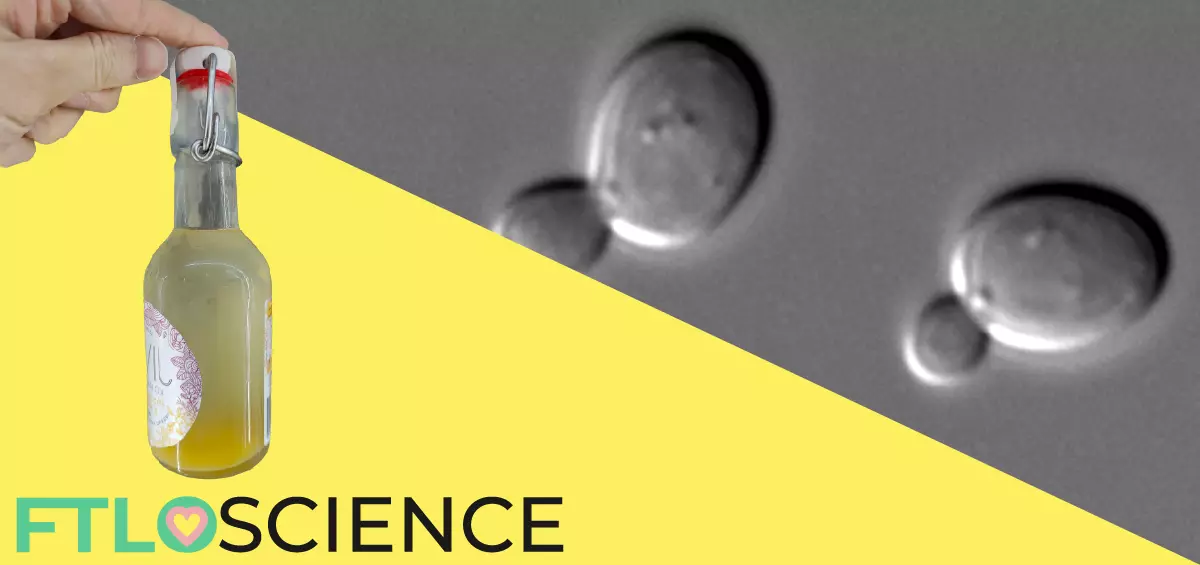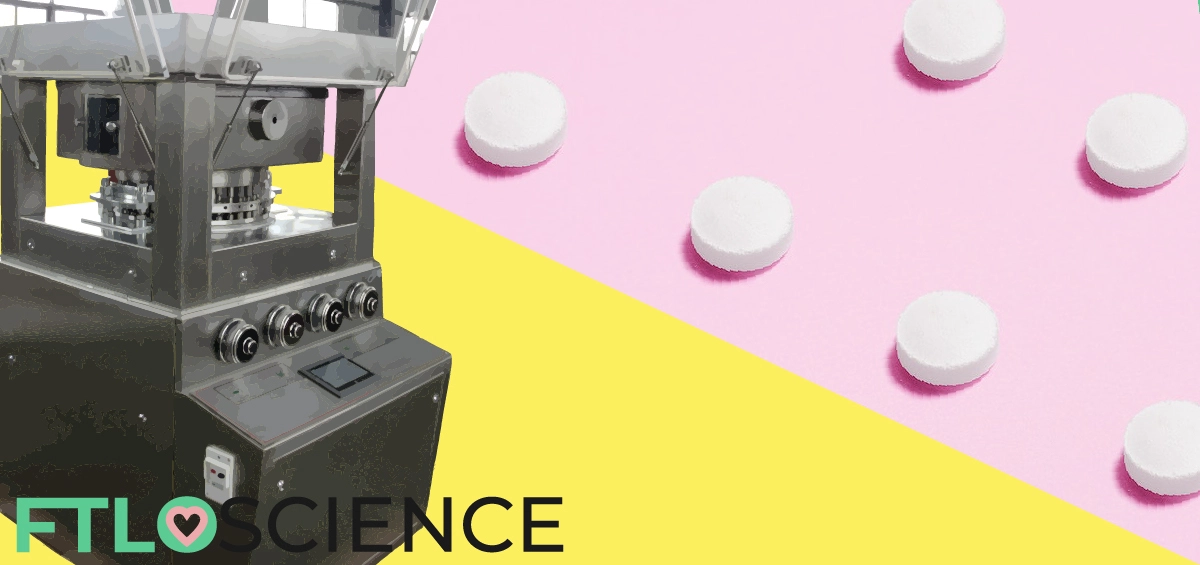‘Evidence never lies.’ Criminal Minds, CSI, Law & Order; the popularity of crime television shows might have a bit to do with how the audience gets a taste of forensic technology. After all, not many people out there would have had the first-hand experience of having their DNA sampled! There wouldn’t be criminal investigations without forensics, and contrary to what TV portrays, lots of different branches exist. From forensic pathology to DNA analysis to toxicology, specialists exist in each field to provide forensic legal advice.
Different Branches in Forensics
The aim of forensic science is to help solve crimes through analytical methods, be it performing autopsies, identifying DNA, or even providing evidence at a molecular level. There is a wide spectrum of forensic sciences to cover every possible aspect that may be related to a crime1,2:
- Pathology
- Ballistics
- DNA analysis
- Toxicology
- Anthropology
- Botany
- Digital forensics
- Forensic psychology
While television makes it seem like the lead forensic scientist is capable of taking on all these roles simultaneously, the reality of it is that there are whole departments working on each function listed above. We’ll take a look at several interesting branches in this article.
The Forensic Botanist
Forensic botany—just to prove that it exists—played a big role in solving a widely publicized case known as the Lindbergh kidnapping. On 1 March 1932, 20-month-old baby Charles Jr., the son of Medal of Honor recipient Charles Lindbergh, was abducted from the family’s home in New Jersey, leaving behind only a ladder and muddy footprints.
After the kidnapping, several ransom notes were sent, demanding payment of a hundred thousand dollars. Around half of the ransom money was eventually paid but the baby was not returned. A few months later, the body of the child was found and a murder investigation began. As the ransom payment was made in gold certificates, police were able to trace their deposits back to a suspect: Bruno Richard Hauptmann.
First, his handwriting was examined and compared to the ransom notes but this proved to be inconclusive. Forensics then focused their efforts on a ladder found at the scene of the crime, which turned out to be the most crucial piece of evidence3.
Dr. Arthur Koehler was an expert on wood anatomy and she was brought in to identify the type of wood used to make the ladder, with the hope that it could be traced back to its source. He deduced from studying a part of the ladder that it had to be made from a bigger piece of wood. The same piece of wood that was to be later found in the accused kidnapper Hauptmann’s attic.
This evidence was the deciding factor in convicting Hauptmann and sending him to the electric chair. It was a historic moment in the field of forensic botany and of forensic science in general4.
Toxicology: The Study of Poisons
The human body is incredibly complex, with billions of cells working together to ensure everything runs smoothly. However, this balance can be easily disrupted by the presence of certain chemicals. From hydrogen cyanide to methanol, there is a wide variety of chemicals that can lead to poisoning and even death.
Toxicology is the study and identification of poisons and their effects on the human body. This branch of forensics was carried out even as far back as the ancient civilizations of Greece and Egypt. Modern forensic toxicology finds use in identifying drug use, homicides and accidental deaths by poison.
Firstly, toxicology requires a sample from the human body to be collected. Blood, vitreous humor (fluid inside the eyeball), bile and liver samples are all fair game. The sample is then further analyzed, usually by chromatographic methods, which is where chemistry comes into play!
Chromatography relies on subtle differences in compound structure to separate and identify them, with the help of an inert solid known as a stationary phase. Gas chromatography (GC) is the go-to instrument in toxicology as it is extremely accurate and reliable, capable of identifying compounds in the parts per billion (ppb) range.
The sample is first vaporized and sent through a long column by an inert gas (usually helium), the walls of the column are coated with a stationary phase that causes the analytes to separate and elute at different times. The separate components can then be identified and quantified by a detector.

High-performance liquid chromatography (HPLC) is less commonly seen in forensic science but is still useful in the detection of analytes that may be too unstable to be vaporized, such as proteins and other large molecules.
Immunoassays are also used in toxicology, by measuring the interaction between the toxic compound (the antigen) with a known antibody. Since specific antigens bind to specific antibodies, this enables toxicologists to conduct highly sensitive assays to determine their presence in a given sample8,9. This is the same technology used in COVID-19 rapid test kits today!
The Versatility of DNA Analysis
How Does DNA ‘Fingerprinting’ Work?
Back in the 19th century, criminals were profiled based on their looks alone. Thankfully, criminal profiling today has been replaced by blood group analysis, studying human leukocytes (cells unique to individuals that detect foreign matter) and protein identification.
Many of these techniques require blood samples and often require a large amount of relatively fresh blood. Furthermore, these techniques were not definitive when it came to forensics. Evidence put through these tests could narrow down the list of suspects, but rarely could they be used to conclusively identify one. This is where DNA analysis comes in.
DNA analysis in forensics is based on the ‘unique-ness’ of the genetic code found copied in every cell of an individual’s body. The actual technique of doing so is oversimplified in crime shows; a drop of blood found at the crime scene is put through a machine and the suspect is quickly identified. But the science behind DNA fingerprinting is quite remarkable indeed.
In 1984, scientist Alec Jeffreys developed a technique that could profile a person based on their genetic code alone. Specifically, repeated regions in DNA that weren’t responsible for coding for proteins but were highly unique to an individual. This technique was subsequently used as a forensic tool in 1987 to identify murderer and rapist Colin Pitchfork, who was subsequently convicted and jailed.
The development of the polymerase chain reaction (PCR), in which minuscule amounts of DNA are quickly replicated, paved the way for more advanced methods in DNA fingerprinting. It was now possible to analyze the DNA in even smaller amounts of biological material, removing the dependency on blood samples5,6.
Further Advances in DNA Profiling
It turns out that the mitochondria inside our cells possess a special form of genetic code, known as mitochondrial DNA (mtDNA). Unlike typical DNA that is inherited by both parents, mtDNA is completely inherited from the mother, which means all other maternally related relatives share the same sequence6. The benefit of using mitochondrial DNA is that there are multiple copies in every single cell, meaning smaller samples are required for matching a suspect to a crime.
This technique was first used in court in the Tennessee v. Paul Ware case of 1996, where mitochondrial DNA was submitted and accepted as evidence for the trial.
Short Tandem Repeat (STR) markers are short (2-6 base pairs) repeating units that vary from person to person and are therefore unique. PCR allows these units to be easily amplified from a sample of just 1 nanogram of DNA. The obtained genetic information is compiled into a database, able to identify gender as well as a combination of 20 other variations that are unique to each individual. Theoretically, this technique would allow for match probabilities in excess of one in a quintillion (1×1018)!
An important factor for the future of DNA analysis is the expansion of databases. Currently, only apprehended suspects are required to have the DNA profile stored in a database, which means that there are many investigations in which a suspect’s DNA was successfully recovered but still remains unsolved. By establishing DNA collection laws and expanding these databases, the likelihood of finding a match greatly increases, though the ethical ramifications of such a database remain to be a topic of discussion7.

We hope you’ve enjoyed this introduction to forensic science, and how it can play a crucial role in criminal investigations. So the next time you have some friends over to watch CSI, make sure you impart some of your inner (or outer) geekiness to them!
Reference
- American Academy of Forensic Science. (2018) Types of Forensic Scientists: Disciplines of AAFS.
- crimesceneinvestigationEDU.org. (2018) What is Forensic Science.
- Federal Bureau of Investigation. Lindbergh Kidnapping.
- Shirley Graham. (2006). Crime-Solving Plants. The Botanical Society of America: Plant Science Bulletin, Vol. 52, Nr. 3, Fall 2006.
- John Wiley & Sons. (2011). Forensic Chemistry Handbook. 9 (1-2), 291-301.
- Christian Gehrig, Anne Teyssier. (2002). Forensic DNA Analysis. Swiss Chemical Society: CHIMIA International Journal for Chemistry, Vol 56, Nr. 3, March 2002, 71-73(3).
- J. M. Butler (2015). The future of forensic DNA analysis. Philosophical Transactions of the Royal Society B: Biological Sciences, 370(1674), 20140252.
- Barry Levine. (2003). Principles of Forensic Toxicology. 1, 3-9.
- H. Chung, S. Chloe. (2017). Overview of Forensic Toxicology, Yesterday, Today and in the Future. Current Pharmaceutical Design, Vol. 23, Nr. 36, 5429 – 5436
About the Author

Katharina was a science writer at FTLOScience from July 2018 to October 2019.




